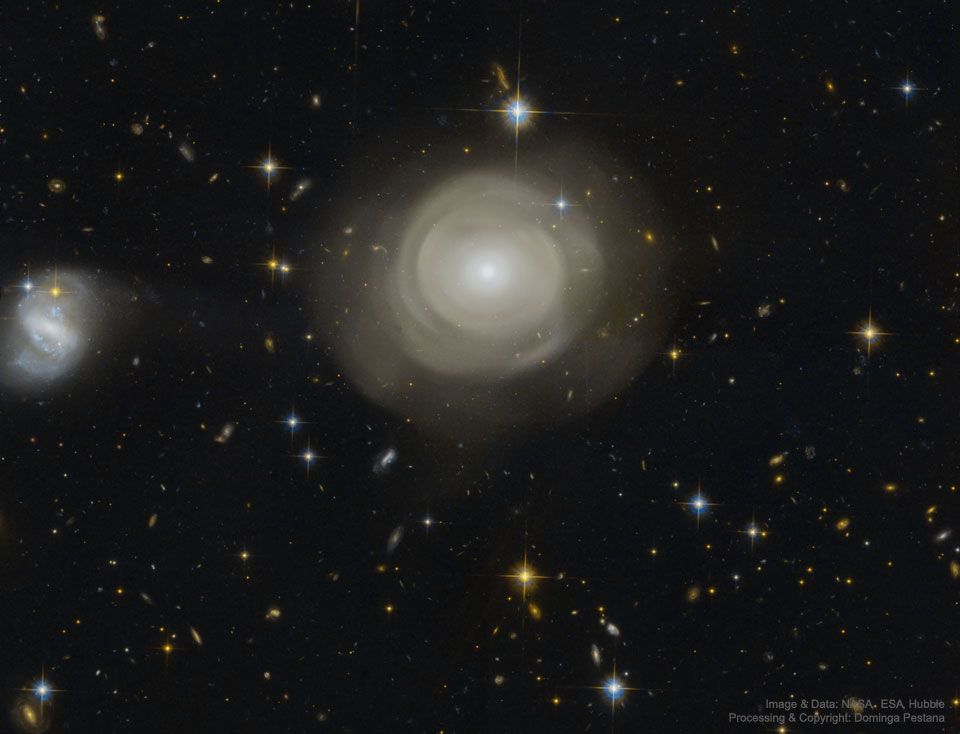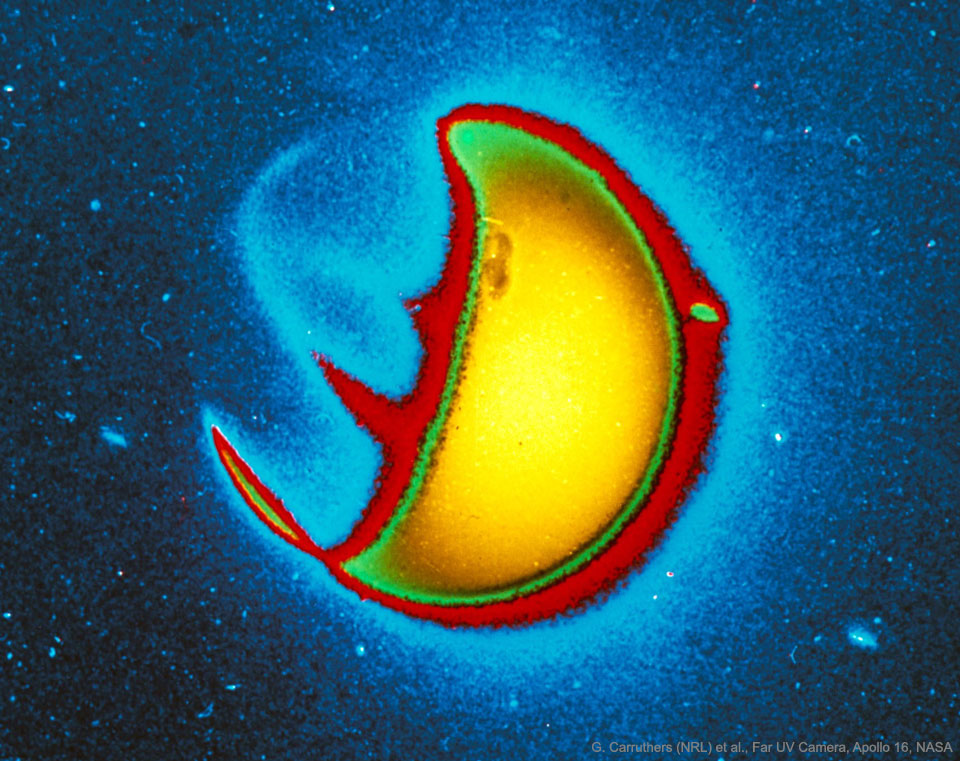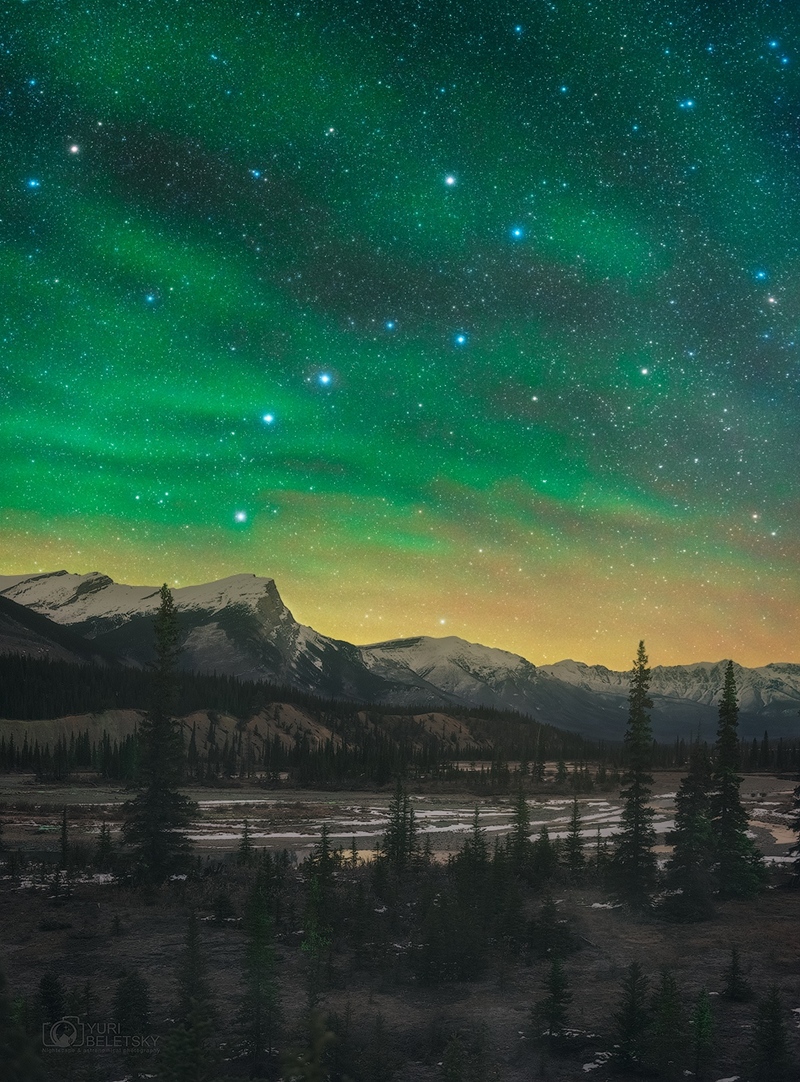
Shells of Stars in Elliptical Galaxy PGC 42871

Ultraviolet Earth from an Observatory on the Moon

Airglow Borealis

NASA Invites Media to View Orion Test Capsule and Recovery Hardware
Media are invited to see a test version of NASA’s Orion spacecraft, as well as the hardware that will be used to recover the spacecraft on its return from space, at 9 a.m. PST Wednesday, Nov. 7, at Naval Base San Diego.
from NASA https://ift.tt/2z4JczA
via IFTTT![]()
It’s Valley Fog Season
NASA to Host Briefing on November Mars InSight Landing
NASA’s upcoming landing of the first-ever mission to study the heart of Mars will be the topic of a media briefing at 1:30 p.m. EDT Wednesday, Oct. 31 at NASA Headquarters in Washington.
from NASA https://ift.tt/2SjVMU8
via IFTTT![]()
NASA Awards Library and Information Services Technical Support Contract
NASA has awarded the Goddard Library and Information Services Technical Support (GLISTS) contract to Select Federal Services, LLC of Sweetwater, Tennessee. The work will be performed at NASA’s Goddard Space Flight Center in Greenbelt, Md.
from NASA https://ift.tt/2Pl3r63
via IFTTT![]()
NASA Invites Media to Learn About Urban Air Mobility
NASA is inviting media to attend a two-day Urban Air Mobility Grand Challenge Industry Day beginning at 8 a.m. PDT Thursday, Nov. 1, at the Seattle Marriott Waterfront.
from NASA https://ift.tt/2CFfxAg
via IFTTT![]()



